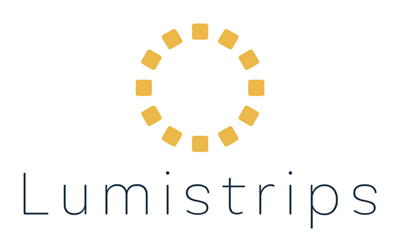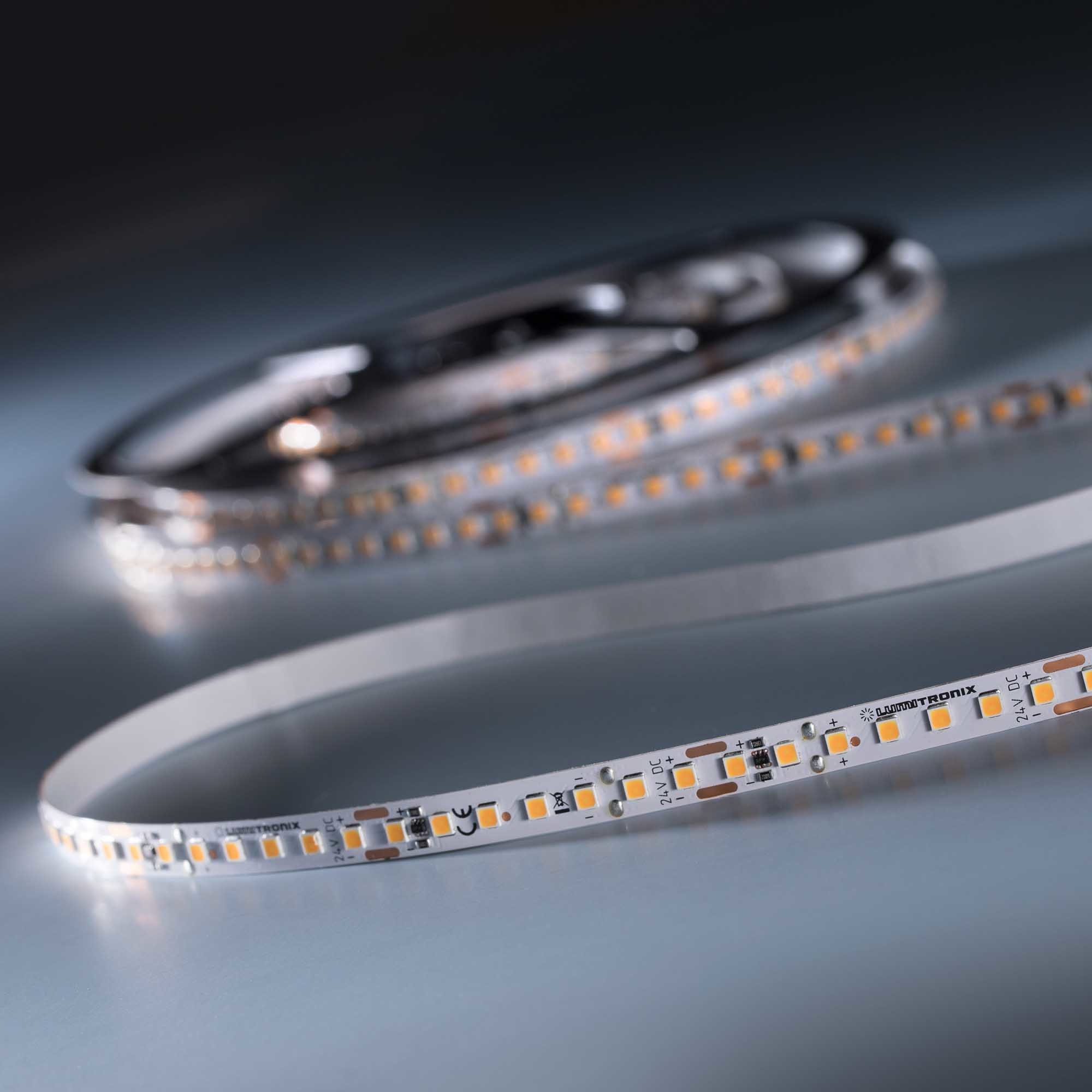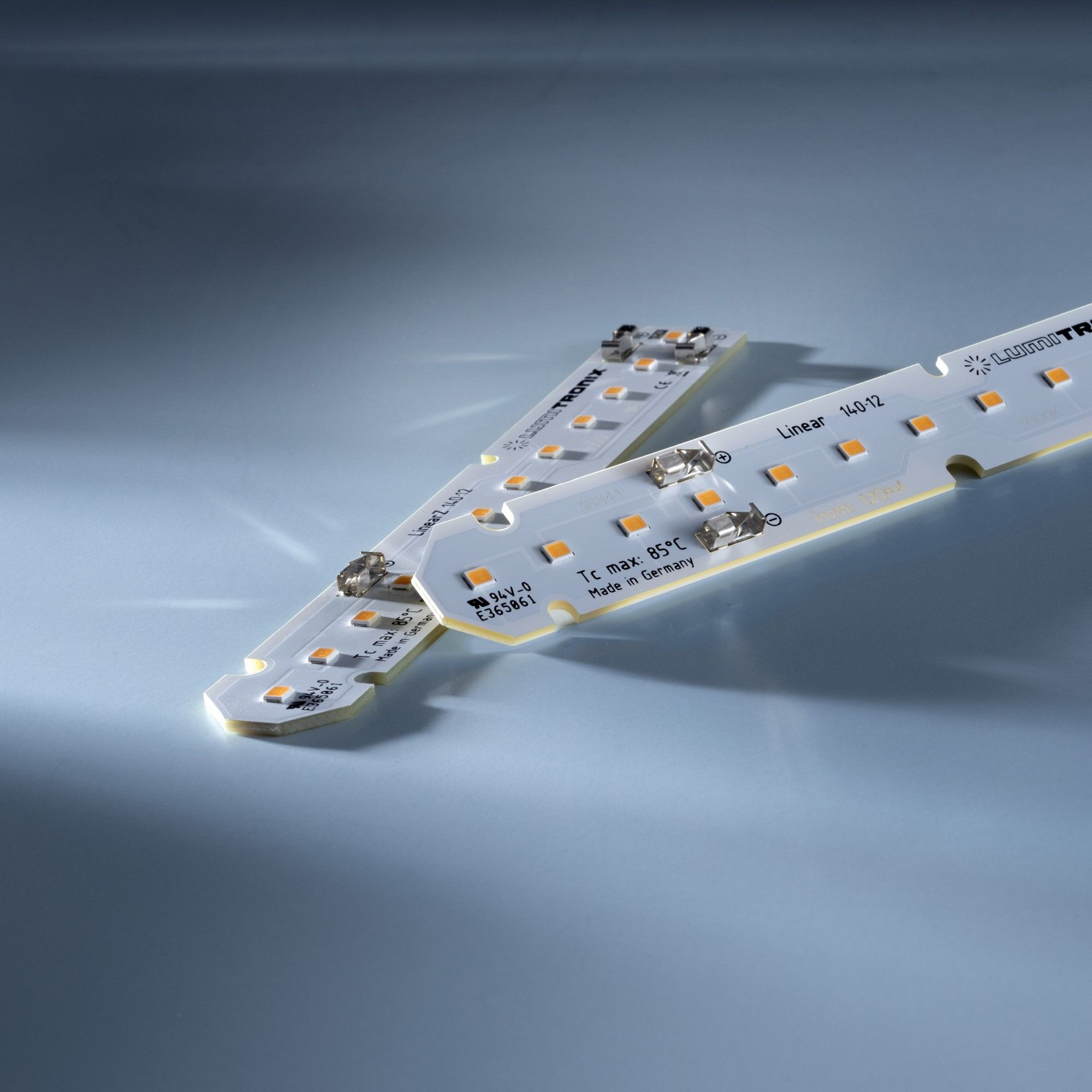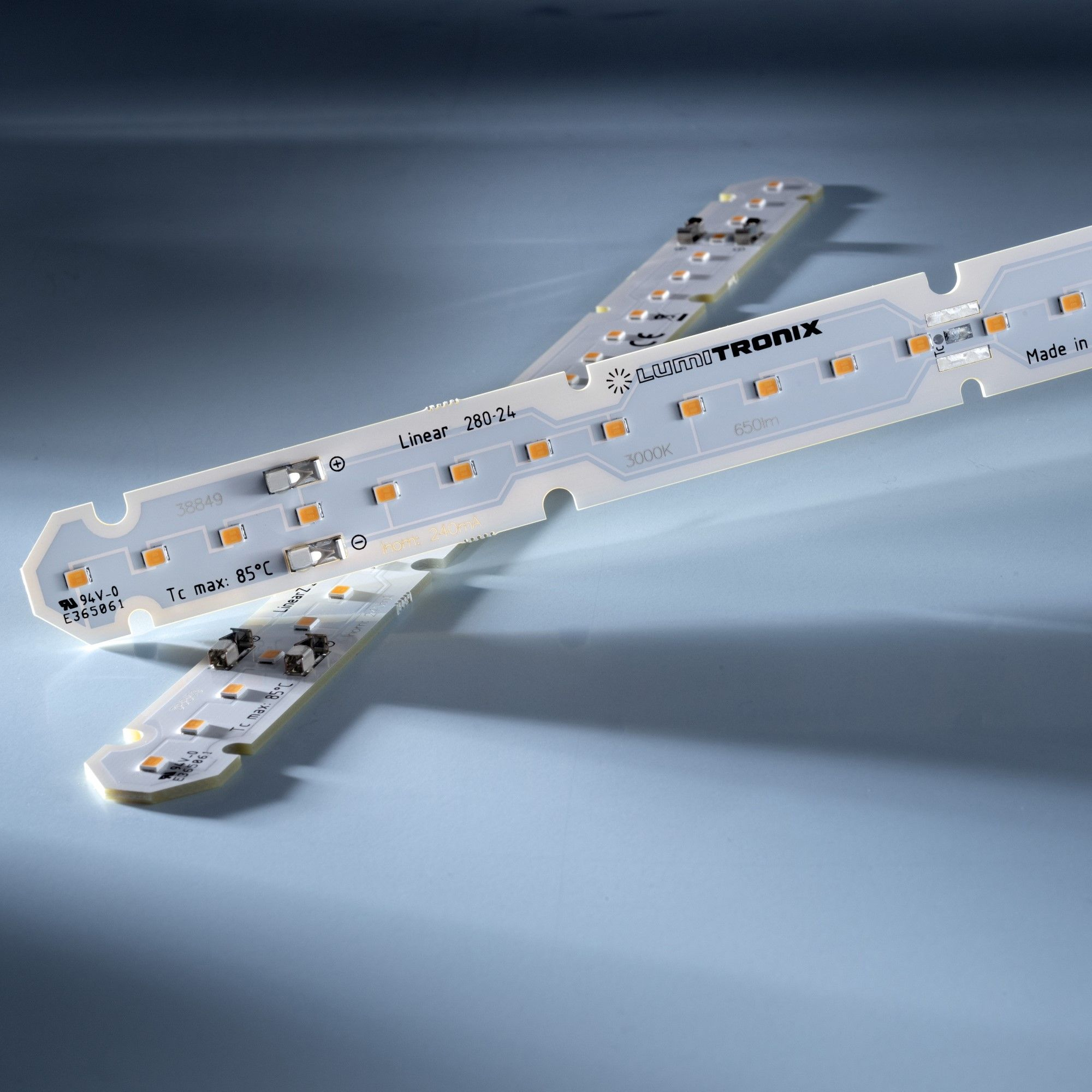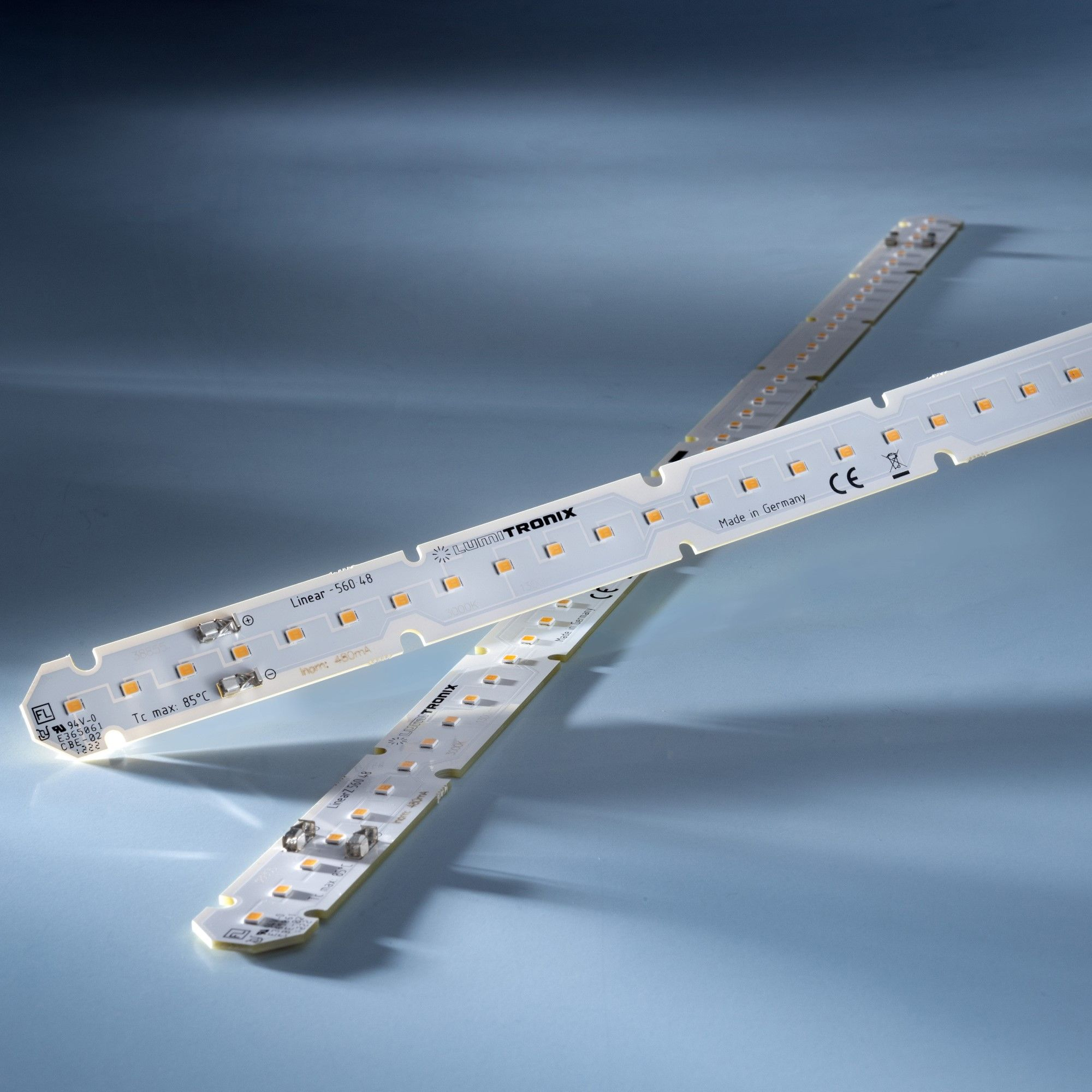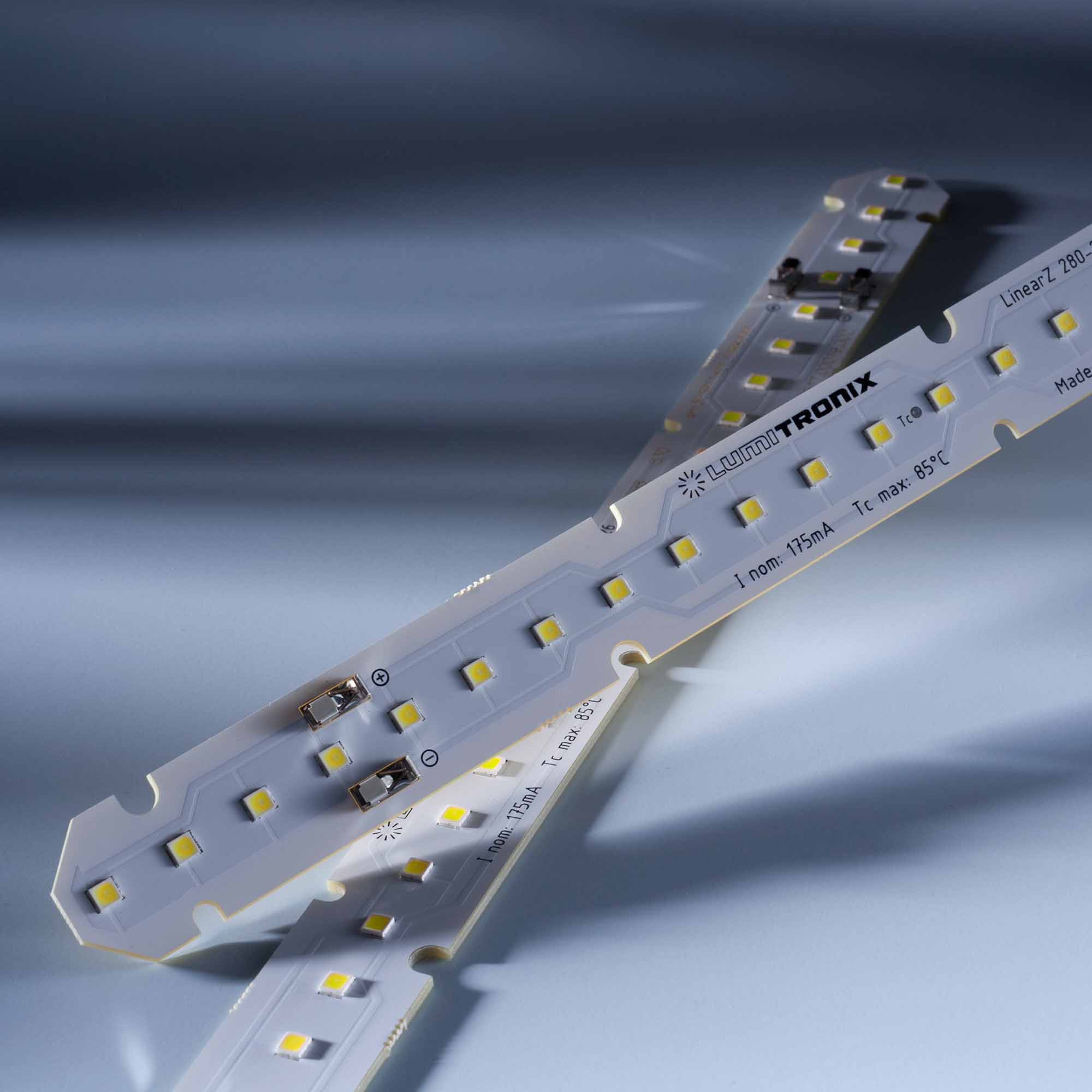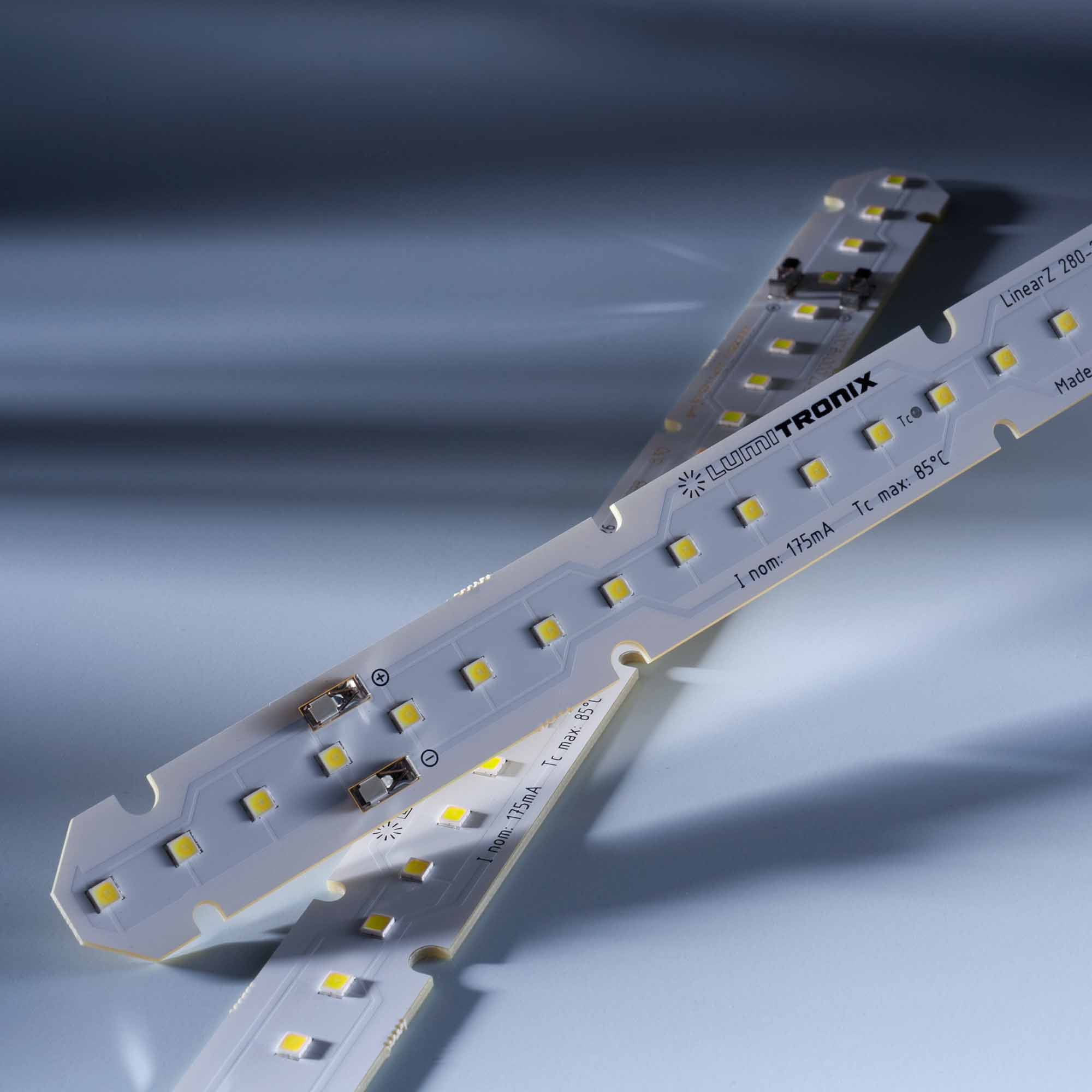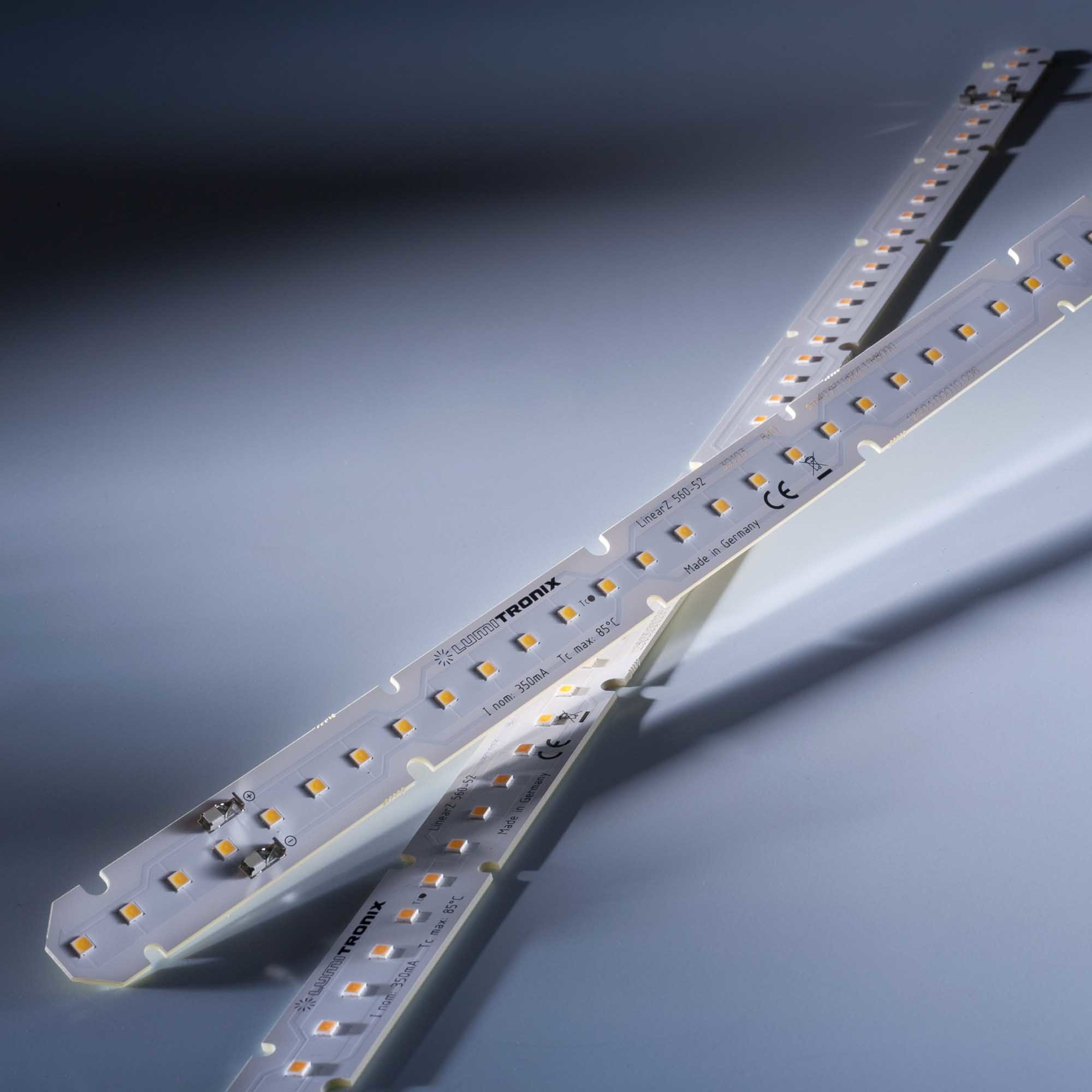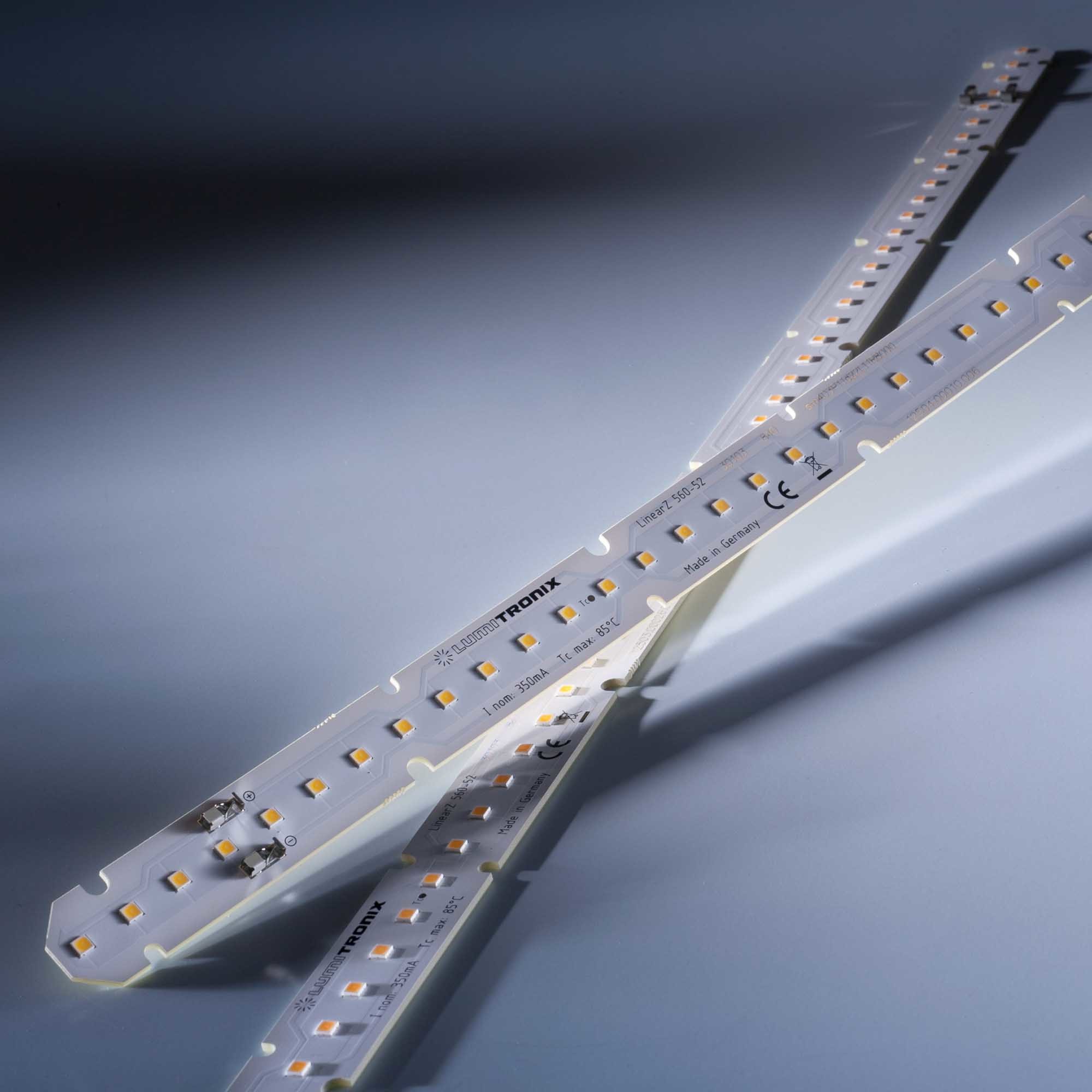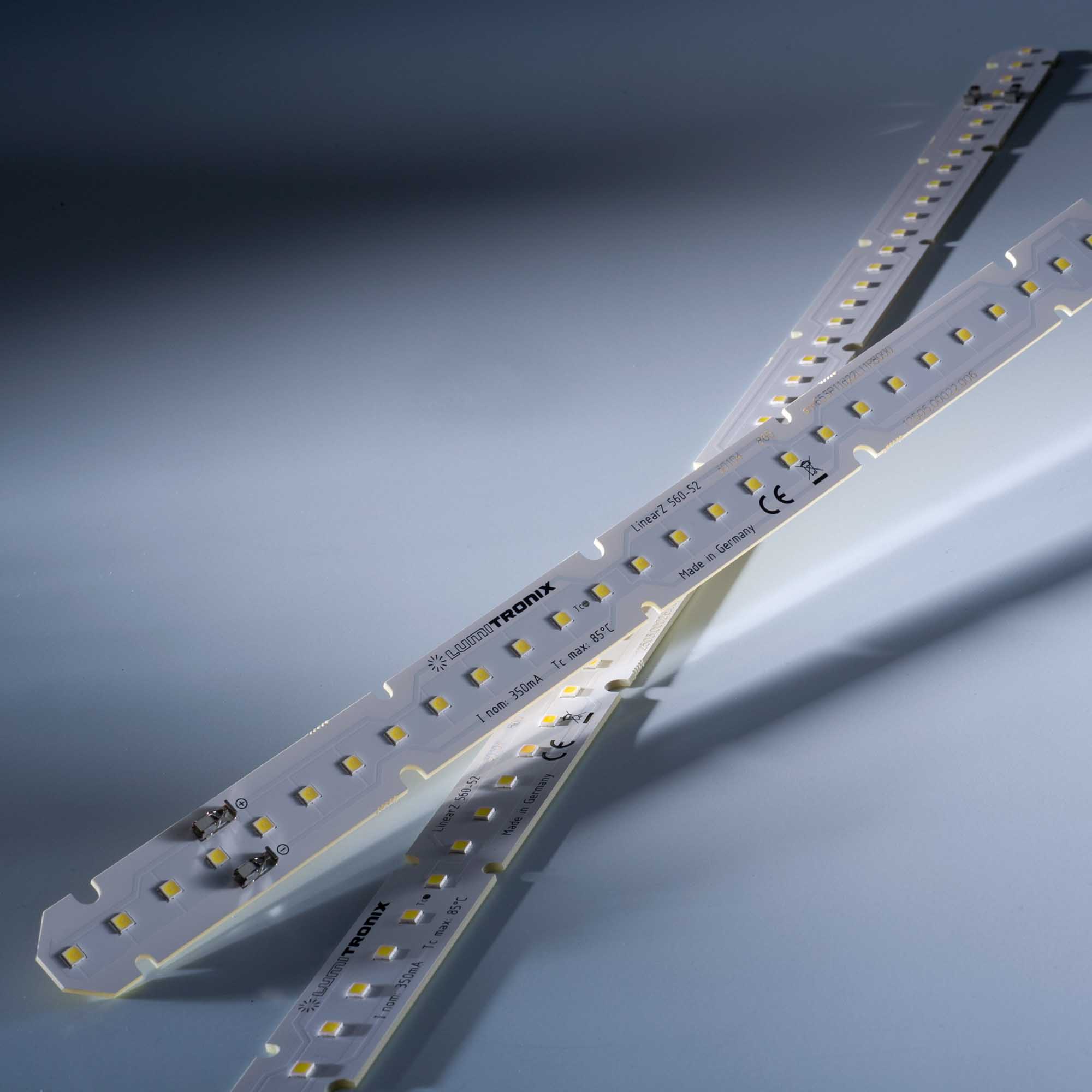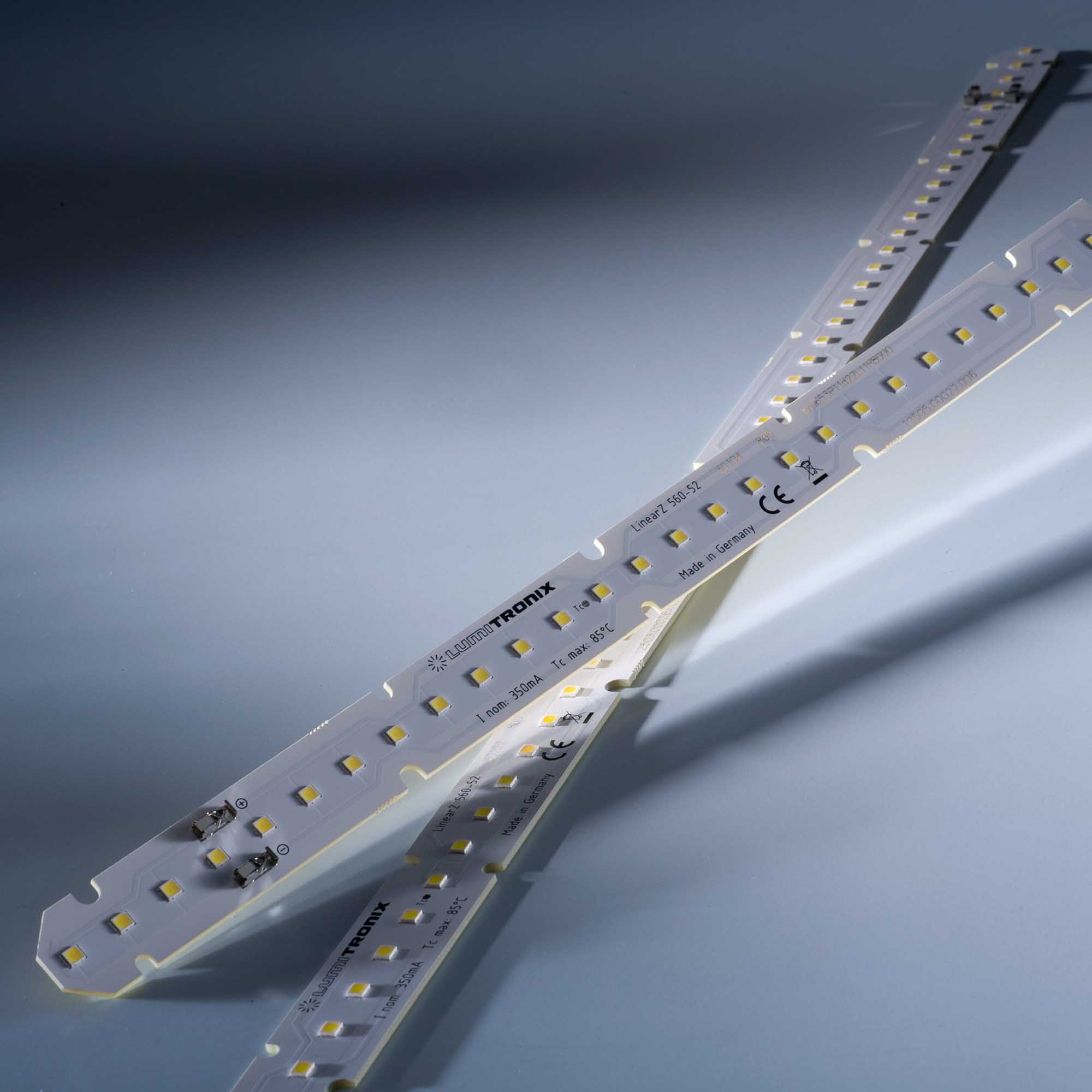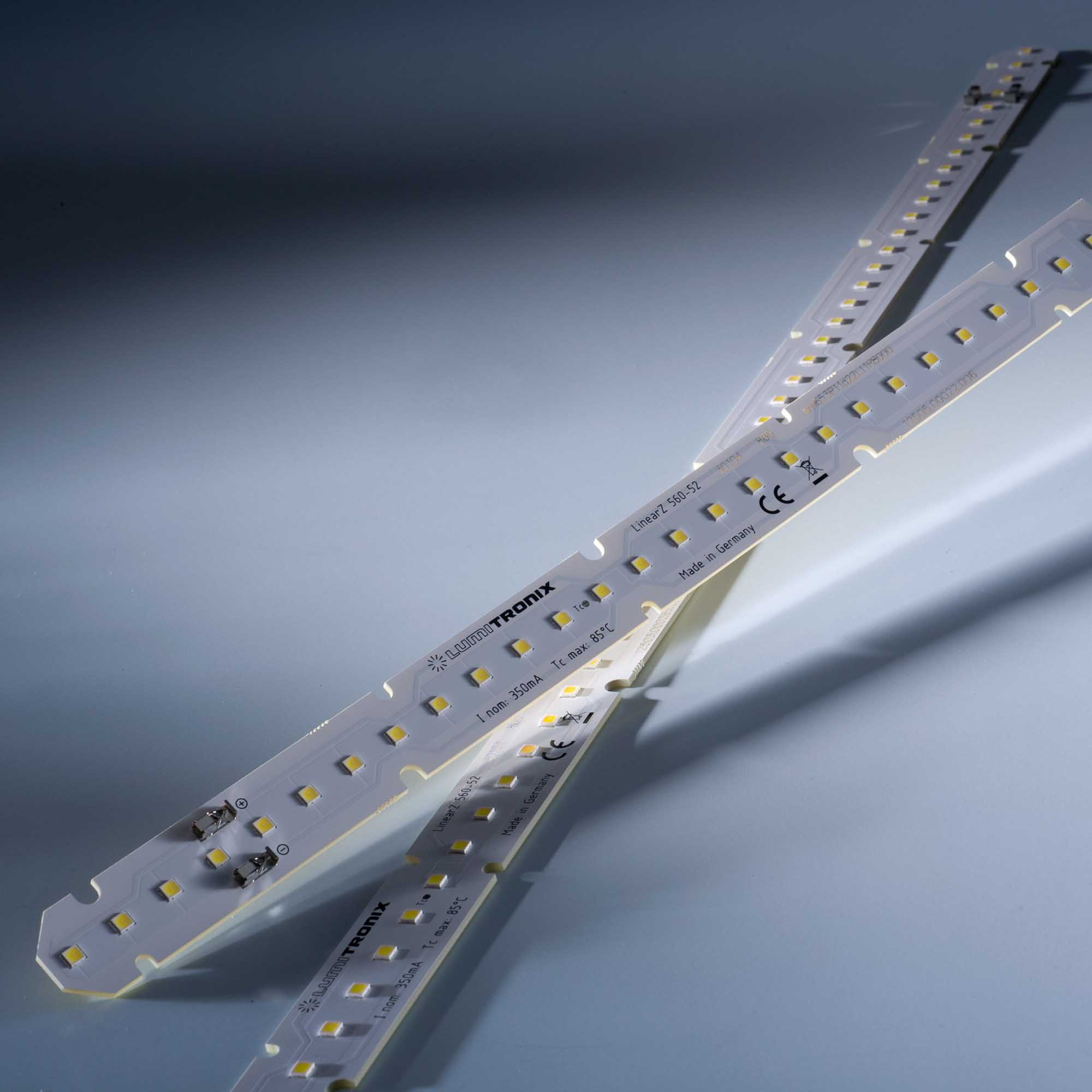Color Rendering in the Age of LED: The Shift from CRI to TM-30-15
- By Lumistrips LED Professional
- Apr 11, 2023

The Color Rendering Index (CRI), introduced by the International Commission on Illumination (CIE) in 1974, has been the industry-standard measure for assessing how accurately a light source reproduces colors when compared to a reference illuminant, such as daylight. The CRI, expressed as a number from 0 to 100, has served lighting professionals well for over 40 years, ensuring consistency across various lighting technologies.
However, with the advent and wide adoption of LED technology in the early 2000s, the limits of the CRI as a comprehensive measure of color reproduction became increasingly apparent. LEDs, unlike traditional light sources, can be integrated directly into fixtures, lamps, and strips, offering unparalleled versatility across a wide range of applications, from down-lighting and spot-lighting to office-lighting and street-lighting.

The makeup of some fixture types for common applications, such as down-lighting, spot-lighting, office-lighting and street-lighting. All can use LEDs.
Yet, as the complexity of lighting technologies and applications increased, the CRI test method, which is based on only eight test colors, has proven to be insufficiently comprehensive. Two light sources with the same overall CRI score can exhibit significant variation in their color reproduction accuracy, as illustrated in the image below.

Moreover, the CRI cannot prevent the design of a light source, be it fluorescent or LED, with the specific purpose of scoring well on those eight colors while offering subpar color rendition across the wider spectrum. This discrepancy led to the development of a new, more rigorous standard: TM-30-15.
Proposed by the Illuminating Engineering Society (IES) and the US Department of Energy (DOE), TM-30-15 introduces the Color Fidelity Index (RF), which uses the same 0-100 quality scale but expands the number of test colors from 8 to 99, thereby increasing the accuracy of the assessment. As a result, only those light sources that exhibit high similarity with daylight or the standard illuminant across the full spectrum can achieve scores above 90 or 95.


IES testing shows that a significant number of light sources, mainly LEDs and narrowband fluorescents, score below 80 on the Fidelity Index (RF) while achieving at least 80 on the Color Rendering Index (CRI). The minimum recommended level for general lighting is 80, so by adopting the new Fidelity Index, we can more effectively distinguish between truly suitable lamps for specific applications.

To address light sources designed to over-saturate or under-saturate certain colors, TM-30-15 also introduces the Gamut Index (Rg). This index, to be used in conjunction with the Fidelity Index, provides a measure of a light source's saturation capabilities. A Gamut Index of 100 indicates that the light source neither over-saturates nor under-saturates a color palette. Values from 101 to 140 indicate progressive over-saturation, while values from 100 to 60 indicate de-saturation.

TM-30-15 further proposes the use of a colorful graph as a visual accompaniment to the numerical Gamut Index, making it easier for consumers and professionals to understand the color performance of light sources.

By using the TM-30-15 with its Fidelity Index (FI) Gamut Index (GI) 100 it is much easier to choose the LED lights with the best light spectrum.
The highest CRI values for LEDs currently come from new technologies such as Nichia's Optisolis and Seoul Semiconductor's SunLike series, both of which offer nearly daylight-like spectrum and maximum scores for all CRI test colors. Unsurprisingly, these technologies also score similarly on the TM-30-15's Fidelity Index.
At Lumistrips, we offer LED strips and modules featuring both of these advanced technologies. By embracing the TM-30-15 standard with its more comprehensive Fidelity Index (RF) and Gamut Index (Rg), we strive to provide our customers with the
best possible lighting solutions for their unique needs.
Moreover, we understand that color accuracy is not just about achieving high fidelity but also about managing color saturation effectively. This understanding is reflected in our choice of LED technologies, such as Nichia's Optisolis and Seoul Semiconductor's SunLike series. These advanced technologies not only offer near daylight-like spectra but also achieve maximum scores across all CRI test colors and similar scores on the TM-30-15's Fidelity Index.
The graph below offers a visual comparison of their spectrum with sunlight and other light sources, providing a clear picture of their superior color reproduction capabilities.
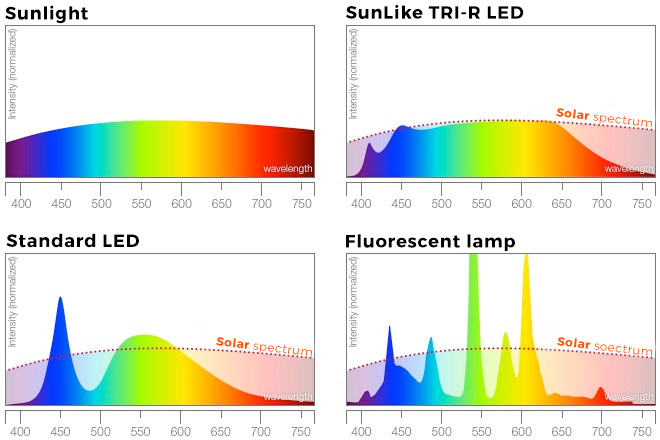
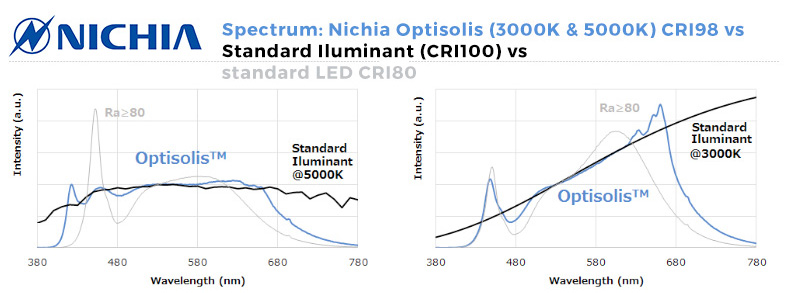
Understanding and interpreting these new measures can be challenging, but they offer a more comprehensive and accurate assessment of a light source's color performance. For instance, when using the Fidelity Index (RF) alongside the Gamut Index (Rg), you get a more precise understanding of the light source's color rendering capabilities. A high Fidelity Index score indicates accurate color reproduction, while the Gamut Index score can tell you whether the light source will over-saturate or under-saturate colors.
In the context of practical applications, these indices can greatly aid in choosing the right lighting for your space. For instance, a room where you want lively, vibrant colors may benefit from a light source with a slightly higher Gamut Index, indicating a bit of over-saturation. Conversely, a space designed for rest and relaxation might be better served by a light source with a Gamut Index score closer to 100, indicating accurate color saturation.
At Lumistrips, we are committed to staying at the forefront of lighting technology and standards. We embrace the TM-30-15 standard and incorporate its principles into our product development and selection processes. This commitment ensures that our customers always have access to the most innovative and high-quality LED lighting solutions on the market.
We hope this article has helped you understand the evolving measures of color accuracy in lighting, from the traditional CRI to the more comprehensive TM-30-15 standard. Armed with this knowledge, you can make more informed decisions about the lighting solutions that best suit your needs. Whether you're looking for LED strips for residential lighting or modules for commercial spaces, Lumistrips has you covered.

 Lumistrips EN
Lumistrips EN Lumistrips UK
Lumistrips UK Lumistrips ES
Lumistrips ES Lumistrips PT
Lumistrips PT Lumistrips ITA
Lumistrips ITA